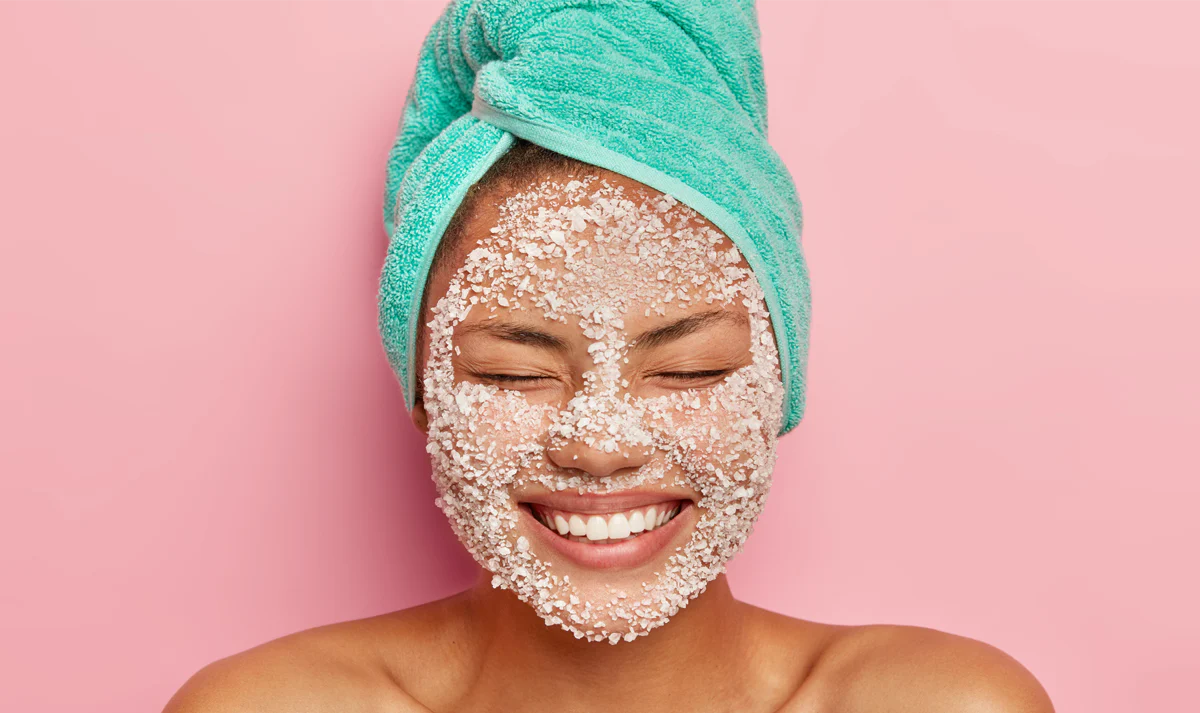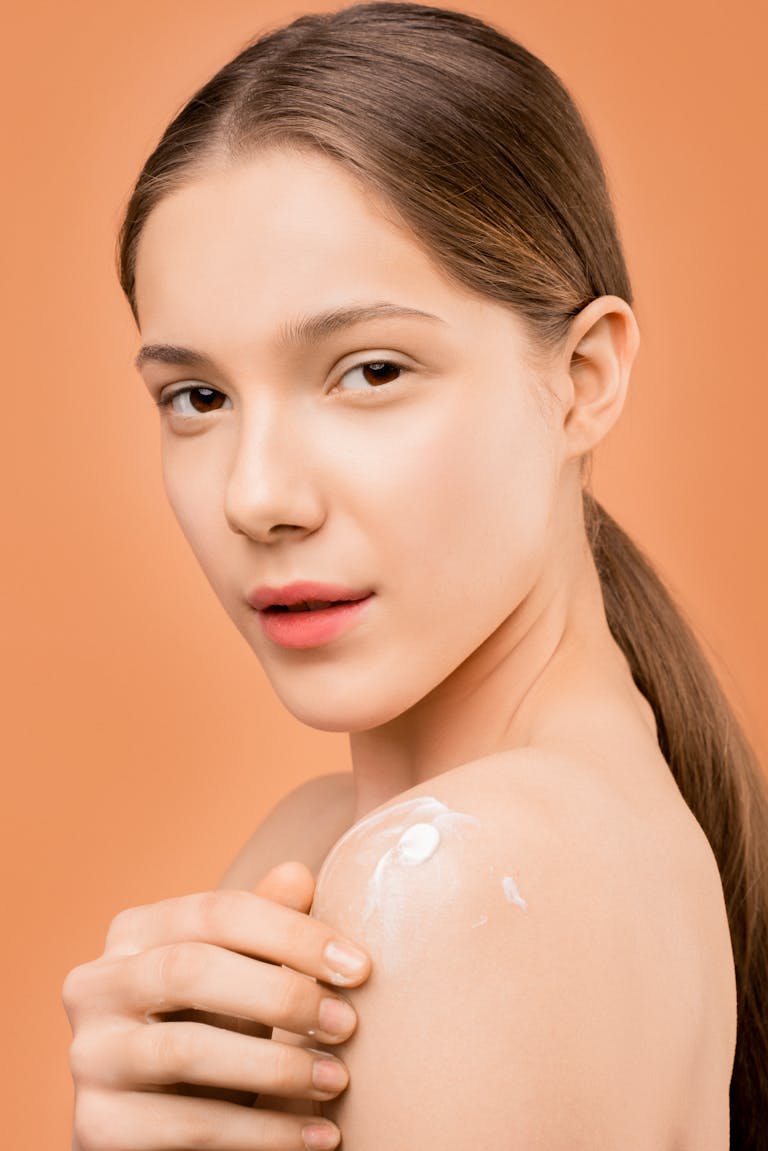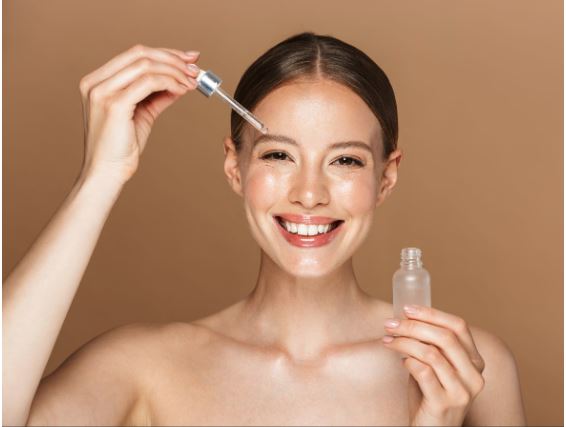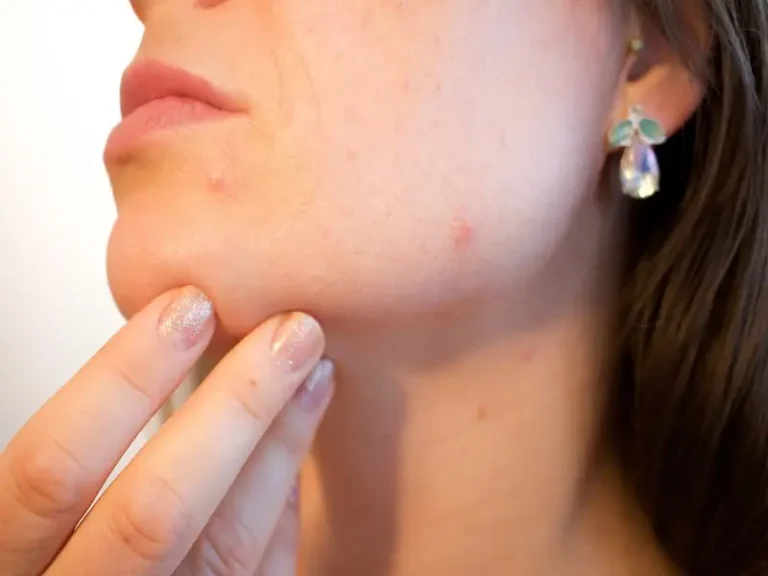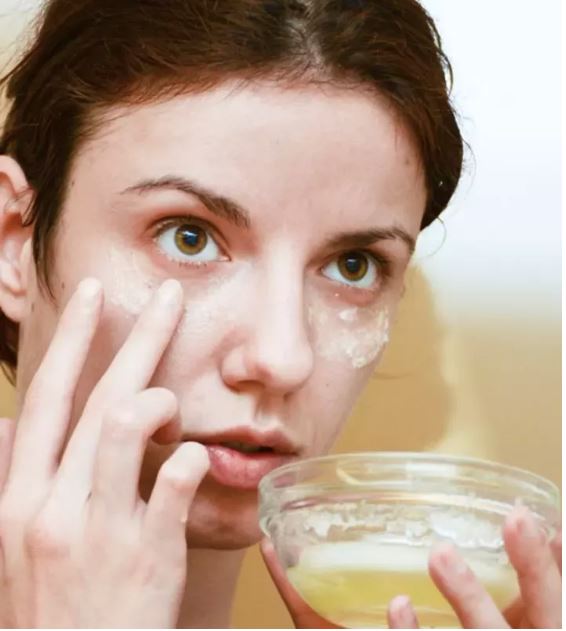10 Essential Tips for Clear Skin and Acne Control
Dealing with acne can be frustrating, but there are straightforward ways to regain control over your skin. Check out these 12 simple skincare tips that can help you tackle breakouts and keep your complexion clear. With just a few changes in your routine, you can pave the way for healthier skin.
Spot Treatments: When and How to Use Them

Spot treatments can be a lifesaver when acne flares up unexpectedly. They’re designed to target specific areas, helping to reduce inflammation and speed up healing. In the image, a person is applying a spot treatment to their skin, showing how easy it is to directly address blemishes.
Using a spot treatment is simple. Make sure to cleanse your face before application. Apply a small amount directly onto the blemish and let it dry. It’s best to use these products on clean skin, so they can work effectively. Remember, a little goes a long way, and using too much can irritate the skin.
Timing is important too. Apply the spot treatment at night before bed. This allows it to work while you sleep, reducing the chances of irritation during the day. Keep an eye on the spot; if it doesn’t improve after a few days, it may be time to consult a dermatologist for further options.
Understanding Acne Triggers

Acne can be a real challenge, and understanding its triggers is the first step to managing it. The image shows key factors that contribute to acne, depicted through simple icons. Each icon represents a different trigger, making it easy to remember.
First, we see an illustration of a face, which likely represents acne itself. It serves as a reminder that we are all in this together. The next icon features bananas, symbolizing diet. A poor diet can lead to skin issues, so it’s good to be mindful of what we eat.
The third icon emphasizes hormonal changes. Hormones can affect oil production in our skin, leading to breakouts. Lastly, there’s an icon that suggests stress as a trigger. It’s important to manage stress levels, as they can significantly impact our skin health.
By recognizing these triggers, you can take steps to control acne more effectively.
Understanding the Benefits of Non-Comedogenic Products

Non-comedogenic products are a game-changer for anyone dealing with acne. These products are specifically formulated to avoid clogging pores, which is essential for maintaining clear skin. In the image, you can see a variety of non-comedogenic skincare items lined up neatly. Each product is labeled clearly, making it easy to identify which ones are safe for acne-prone skin.
Using non-comedogenic products means you’re taking a proactive step toward clearer skin. Many of these products contain ingredients that help to control oil and reduce breakouts. The visually appealing packaging in the image highlights the focus on skincare that both looks good and works effectively.
Incorporating these products into your routine can lead to healthier skin over time. It’s always a good idea to check labels and choose products that won’t contribute to breakouts. The collection shown here can guide you in selecting the right options for your skincare needs.
Incorporating Exfoliation into Your Regimen
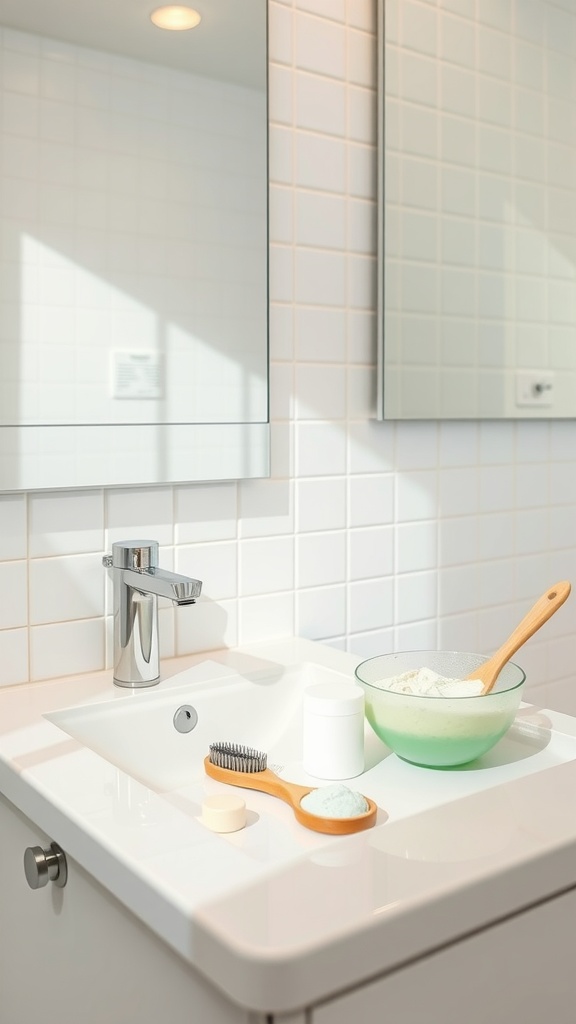
Exfoliation is a key step in any skincare routine, especially for those battling acne. It helps remove dead skin cells that can clog pores and lead to breakouts. The image shows a clean sink area with skincare products ready for use. You can see a bowl, likely containing an exfoliating scrub or mask, and some tools that can aid in the exfoliation process.
Using a gentle exfoliator a few times a week can make a big difference. Look for products that contain ingredients like salicylic acid or glycolic acid. These can help unclog pores and promote skin renewal. The setup in the image reflects a clean and organized approach, which is essential for effective skincare.
Don’t forget to moisturize after exfoliating! This keeps your skin hydrated and helps maintain the balance after removing those surface layers. The combination of exfoliation and proper hydration can lead to clearer skin over time, making it a must in your acne control journey.
Choosing the Right Moisturizer for Oily Skin
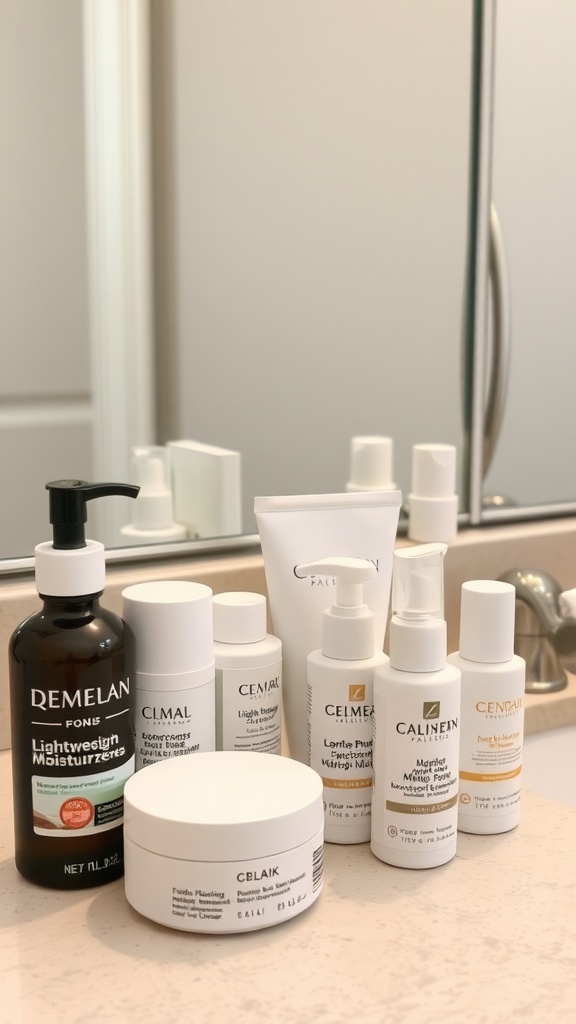
Finding the right moisturizer when you have oily skin can be tricky. A good moisturizer keeps your skin hydrated without making it feel greasy. The image shows a range of moisturizers, each designed to cater to different skin needs. Notice how some are lighter in texture, perfect for oily skin types.
The products in the image include lightweight moisturizers like the one from Remelan. These kinds of creams absorb quickly and provide the necessary hydration without clogging pores. Look for labels that mention ‘oil-free’ or ‘non-comedogenic’ to avoid excess shine.
Also, a good rule of thumb is to choose gels or lotions over thick creams. Gels provide moisture without heaviness, making them ideal for oily skin. Remember, even oily skin needs moisture. Skipping it can lead to more oil production, so find a balance!
The Role of Diet in Acne Management

Your diet plays a significant role in managing acne. Eating a variety of colorful fruits and veggies can help your skin stay clear and healthy. The image showcases a vibrant bowl of fresh produce, including strawberries, blueberries, mango, and leafy greens. These foods are not just appealing to the eye but also packed with vitamins and antioxidants that can benefit your skin.
Foods rich in antioxidants help combat inflammation, which is key in controlling acne. For instance, strawberries and blueberries are known for their high antioxidant content. Incorporating these into your daily meals can give your skin a boost.
Furthermore, avoid heavily processed foods and sugars, which can trigger breakouts. Instead, focus on whole foods. The bright colors in your diet can reflect a variety of nutrients that nourish your skin. So, the next time you’re thinking about a snack, reach for that colorful fruit bowl!
Sun Protection: An Essential Step
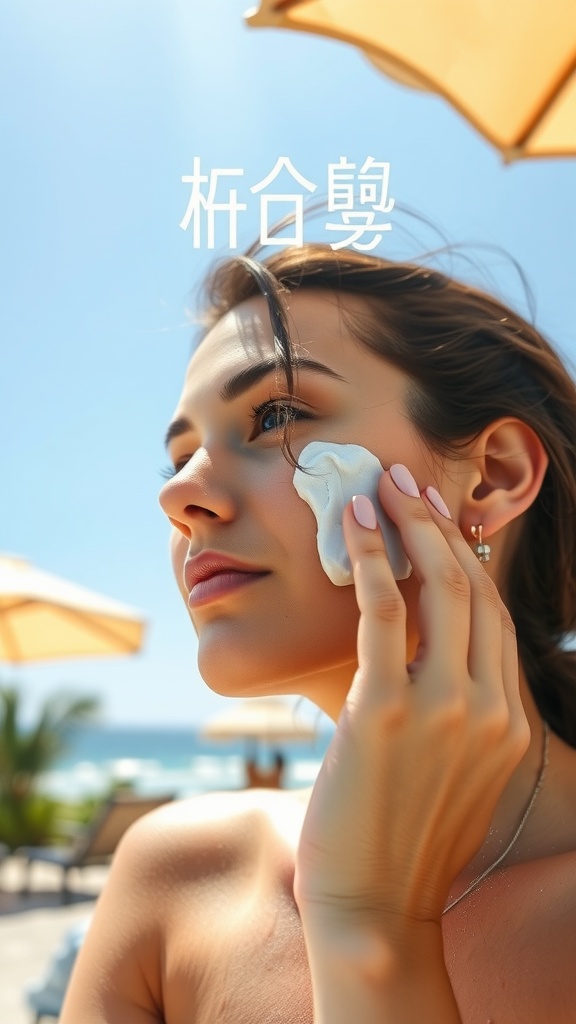
Sun protection is a must for everyone, especially if you’re dealing with acne. The image shows a person applying sunscreen at a beach, which highlights the importance of keeping your skin safe from harmful UV rays. Sunscreen helps prevent further skin issues and keeps your complexion looking its best.
When you have acne, your skin may be more sensitive. Sun exposure can worsen inflammation and lead to post-inflammatory hyperpigmentation. That means those pesky dark spots can linger longer if you’re not careful. Using a broad-spectrum sunscreen with at least SPF 30 is key to protecting your skin.
Don’t skip this step! Make it a part of your daily routine, even on cloudy days. The image captures a serene moment, reminding us that applying sunscreen can be a simple yet effective way to care for your skin.
Finding a sunscreen that’s suitable for your skin type is crucial. Look for non-comedogenic products that won’t clog your pores. You want to keep your skin clear and healthy while enjoying the outdoors.
Incorporating sun protection into your skincare routine is like giving your skin a shield. Remember to reapply every two hours when you’re out and about. This small effort can make a big difference in your journey to clear skin.
The Importance of a Consistent Cleansing Routine
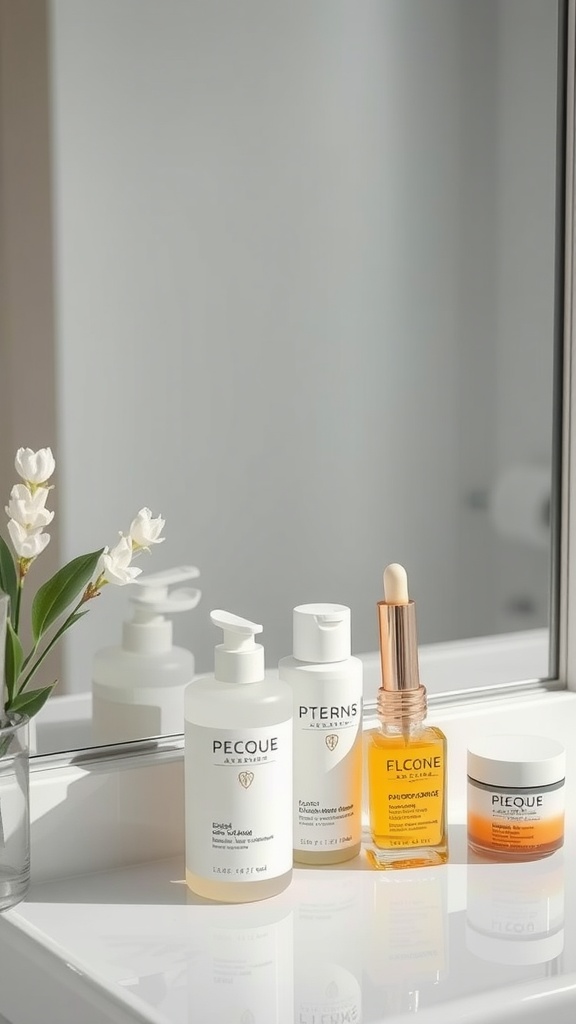
In the battle against acne, a solid cleansing routine can make a big difference. The image shows an inviting setup of skincare products neatly arranged by a mirror. You can see a gentle cleanser, a treatment serum, and a moisturizer, all essential for keeping skin clean and clear.
Washing your face helps remove dirt, oil, and makeup that can clog pores. It’s the first step in any skincare routine. When you keep your skin clean, you create a healthy environment for healing and prevent new breakouts.
Using products like the ones in the picture can help. A gentle cleanser won’t strip your skin of its natural oils but will effectively remove impurities. Following up with a serum that targets acne can provide extra support. And don’t forget a good moisturizer to keep your skin hydrated.
Consistency is key. Aim to cleanse your face twice a day, morning and night, for the best results. Over time, this simple habit can lead to clearer skin and boost your confidence.
The Impact of Stress on Skin Health

Stress can really take a toll on your skin. When you’re feeling anxious or overwhelmed, your body produces more cortisol. This hormone can lead to increased oil production, which may contribute to acne breakouts.
In the image, we see a person meditating by the water, a great way to reduce stress. Practicing mindfulness or yoga can help calm your mind, balancing both your mental health and skin health.
Taking time for yourself is key. Whether it’s a quiet moment like in the image, or a simple walk, these small breaks can make a big difference. When you lower your stress levels, you may notice fewer breakouts and healthier skin overall.
Consulting a Dermatologist for Personalized Advice

Visiting a dermatologist is a smart move for anyone dealing with acne. In the image, we see a patient engaged in a conversation with a dermatologist in a clean, modern office. This setting plays a vital role in creating a comfortable atmosphere for discussing skincare.
Getting personalized advice tailored to your skin type can make all the difference. A dermatologist has the knowledge to recommend products and treatments that suit your specific needs. In the photo, the dermatologist is likely explaining different options to the patient, showcasing the importance of one-on-one consultations.
Many people overlook how beneficial it can be to ask questions and share concerns. This interaction helps both the dermatologist and the patient work together to find the right skincare routine. It’s about understanding what works for you and navigating acne control effectively.
So, whether you’re facing stubborn breakouts or just want to clarify your skincare routine, don’t hesitate to reach out to a professional. They can help you achieve clearer skin with confidence!
